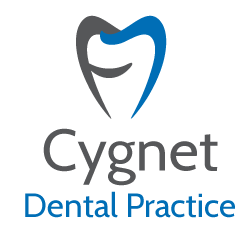Tooth Repair Options At Our Wickford Practice

Where your tooth needs repair for decay or damage, various options are available.
In years gone by, if you went to your local dentist for a filling, it was almost inevitable that amalgam would be used to do this. This is a strong material that is still widely in use today.
Increasingly though, it is being phased out as a number of alternatives are proving to be an equally suitable solution.
This is good news for those who dislike the dark colour of amalgam fillings which are often quite noticeable when you smile or laugh.
The choice of repair method will depend on the type and degree of decay or damage to the tooth. Below, we take a look at some of the alternatives that we currently have on offer at the Cygnet Dental Practice in Wickford.
Tooth coloured fillings
These are generally a full alternative to amalgam. Made from a mixture of glass, resin and a setting agent, they can be produced in a shade that matches the natural tooth. This means that, following your filling, you will barely notice where the natural tooth ends and the filling starts. In general, less of the natural tooth has to be removed when using this type of filling, which helps to improve the strength of the restored tooth.
Bonding
Bonding is generally used for restoring a tooth that has been chipped. It can be applied easily but does lack the strength of some other types of filling materials. Because of this, it is often preserved for non biting surfaces only.
Inlays
Inlays are made in a dental laboratory and are usually made from porcelain, or occasionally gold. These are an excellent option where a cavity is very large, and especially on a rear tooth that comes under a lot of pressure when eating. Inlays are produced from impressions that are taken of the prepared tooth and then bonded into the tooth on its return from the laboratory.
Onlays
Similar in some ways to an inlay, onlays are used to fill a tooth and restore the top of it too. They are often used where a filling may not be effective enough but where a full crown can be avoided. Like inlays, these are produced in a laboratory.
These are the main ways that we restore a damaged or decayed tooth. Crowns may also be used, but we will cover their use in more detail in a future blog.
It is, of course, far preferable to avoid the need for these restorations in the first place wherever possible and good care at home coupled with regular checks by our Wickford dentist should help to achieve this. If you would like to make an appointment at the Cygnet Dental Practice, please call us on 01268 733078.
